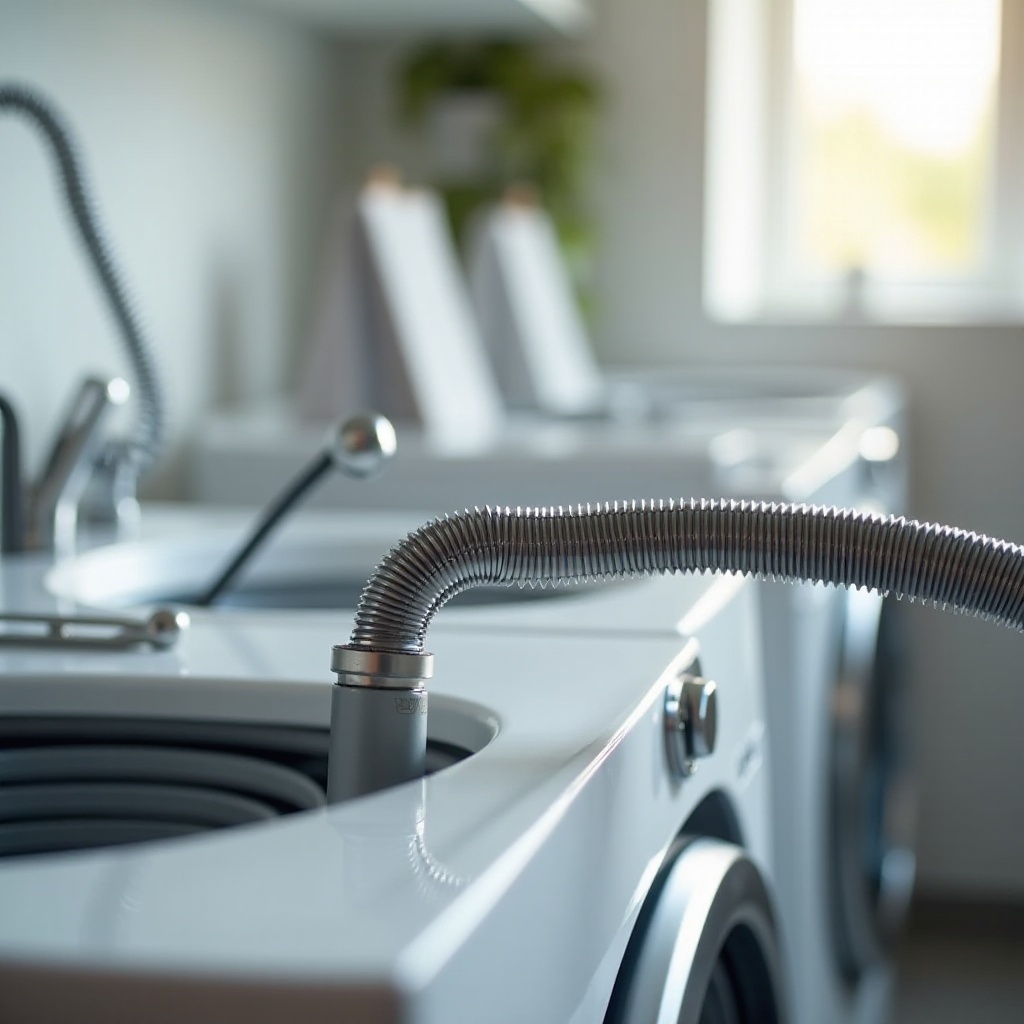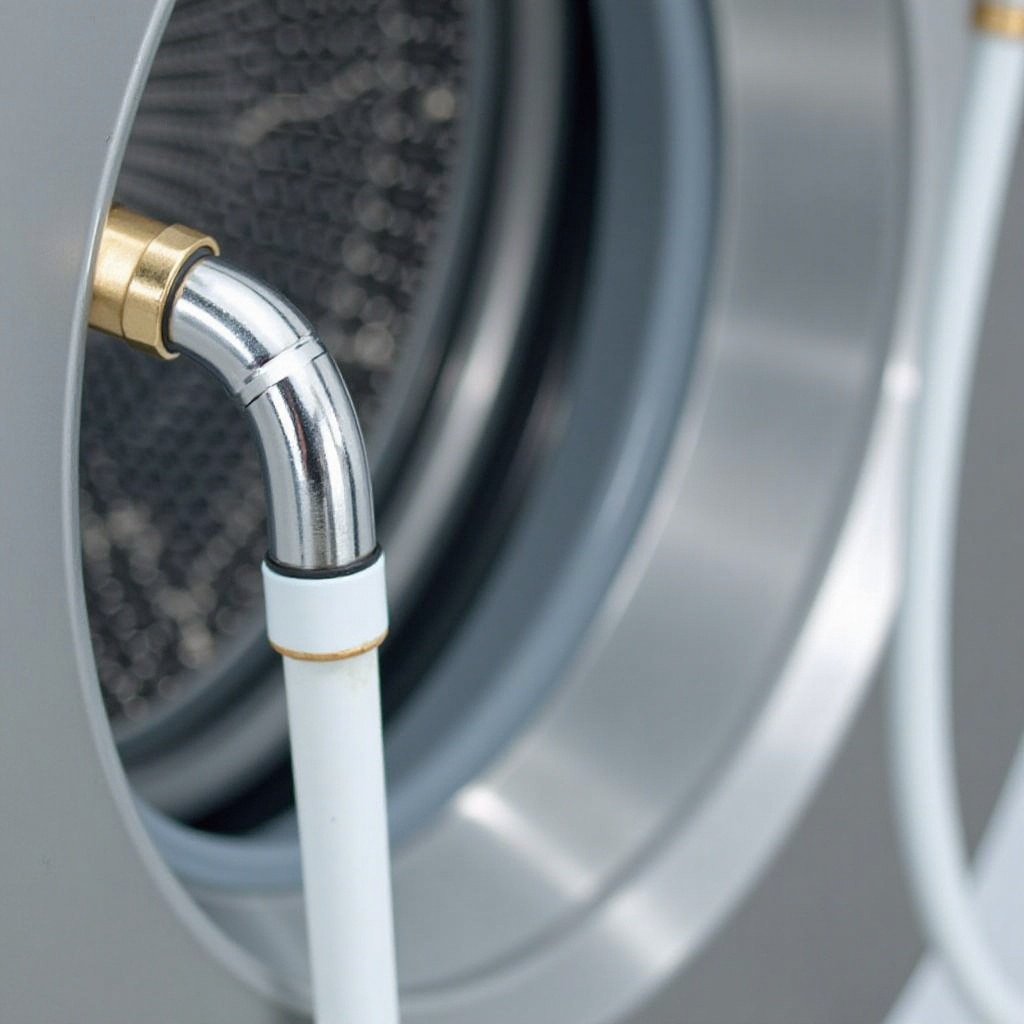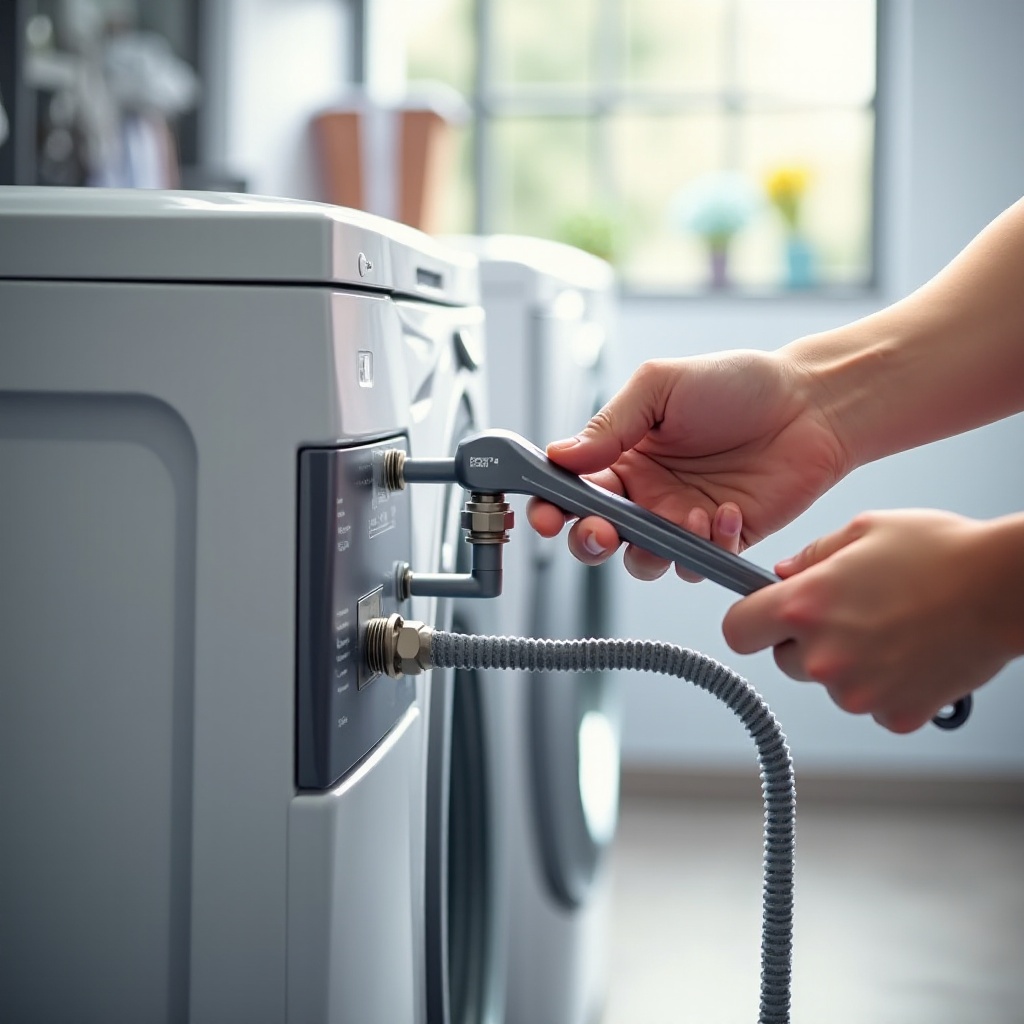Introduction
A reliable washing machine water hose connection is crucial for the efficient functioning of your appliance. Leaks or inefficiencies can lead to costly repairs or even water damage. This guide aims to provide comprehensive instructions on installation, troubleshooting, and maintenance to ensure your washing machine water hose connections remain in top condition.

Understanding Washing Machine Water Hose Connections
A water hose connection serves as the junction between your washing machine and the home's water supply. Knowing the different types of hoses can help you make informed decisions when setting up your machine.
What is a Water Hose Connection?
A water hose connection involves the hoses and fittings that direct water from your home's water supply into the washing machine. Ensuring a proper seal prevents leaks and enhances efficiency.Types of Water Hoses: Rubber, Stainless Steel, PVC
- Rubber Hoses: These are cost-effective and flexible, but they're prone to aging and cracking, necessitating regular inspections.
- Stainless Steel Hoses: Durable and resistant to kinks, stainless steel hoses are a reliable choice for long-term use.
- PVC Hoses: Lightweight and user-friendly, PVC hoses are economical but may require more frequent replacements as they wear more quickly.
Selecting the appropriate type of hose is vital for maintaining optimal water flow and preventing premature hose failures.

Step-by-Step Guide to Installing a Water Hose Connection
Proper installation minimizes the risk of leaks and enhances the durability of your water hose connections. Follow these detailed steps for a secure setup.
- Tools Required for Installation:
- Adjustable wrench
- Bucket
Teflon tape
Step 1: Turning Off the Water Supply
Always start by shutting off your home's main water supply to prepare for a safe installation process.Step 2: Attaching Hoses to the Washing Machine
- Locate the hot and cold water inlets on your washing machine.
Hand-tighten one end of each hose onto the corresponding inlet to ensure a snug fit.
Step 3: Connecting Hoses to the Water Supply
- Attach the free end of each hose to the appropriate water faucet.
Wrap Teflon tape around the faucet threads to provide a watertight seal.
Step 4: Securing Connections and Leak Testing
- Use a wrench to tighten all connections, avoiding excess force.
- Gradually restore the water supply and check each joint for leaks.
Executing these steps guarantees a solid installation that protects your machine from water-related issues.

Troubleshooting Common Water Hose Problems
Despite careful installation, issues may occur. Understanding how to address these problems ensures your washing machine functions smoothly.
Recognizing Signs of Faulty Hoses
Indications of a faulty hose can include moisture around connections, unusual swivels, or visible hose cracks.Solving Leaks and Water Pressure Issues
- Verify that all fittings are securely fastened and not cross-threaded.
Check for kinks in the hoses, which can impede water flow.
Preventing and Fixing Hose Vibrations
- Adjust hose positioning to reduce stress and wear.
- Employ hose supports to minimize vibrations and associated noise.
Effective troubleshooting extends hose life and ensures uninterrupted washing machine operation.
Maintaining Your Washing Machine Water Hose for Longevity
Proper maintenance is key to extending the life and safety of your washing machine hoses. Regular care prevents unexpected failures.
- Routine Inspection and Maintenance Tips
- Inspect hoses bi-annually for signs of wear or aging.
Regularly reapply Teflon tape to maintain a secure seal.
When and How to Replace Your Water Hose
Replace hoses every 3-5 years or sooner if damage is evident. Properly dispose of old hoses to minimize environmental impact.
Regular maintenance activities safeguard against failures and reduce repair costs in the long term.
Safety Tips for Water Hose Usage
Safety is paramount when dealing with washing machine water hose connections. Proper methods protect your home and appliance.
Preventing Water Damage
Consistent inspections, prompt repairs, and replacing damaged hoses prevent expensive water damage.Using Hose Covers and Supports
Use hose covers to protect from physical damage and sunlight. Supports ensure alignment and reduce connection stress.
Adhering to these safety tips creates a protected environment, reducing the risk of accidents.
Conclusion
Ensuring a dependable washing machine water hose connection saves time, stress, and money. By making informed choices, maintaining regular inspections, and understanding your setup, you can prevent common issues. Stay proactive to maintain peak performance in your washing machine setup.
Frequently Asked Questions
How often should I replace my washing machine water hose?
New hoses should be installed every 3 to 5 years, or sooner if any signs of deterioration appear.
What should I do if my water hose starts leaking?
Inspect and tighten connections first. If the leak persists, assess for cracks or damage, and replace the hose if needed.
Are flexible water hoses better than rigid ones?
Flexible hoses, like stainless steel, are generally more durable and resistant to kinks than rigid plastic ones, making them a better choice for longevity and ease of use.
